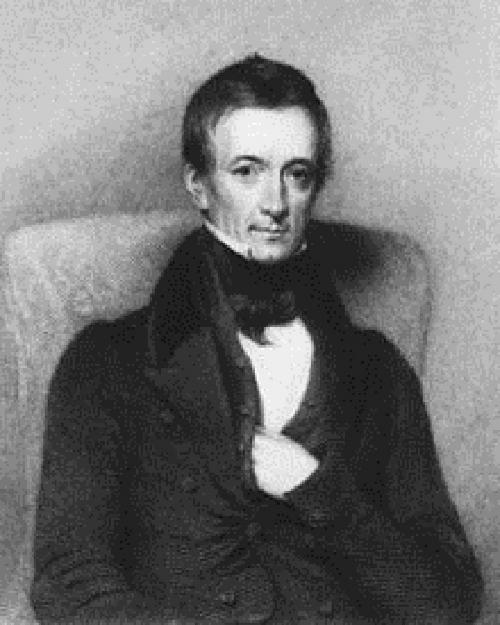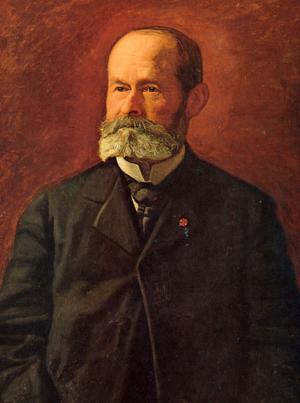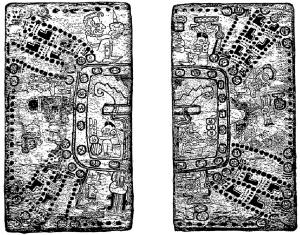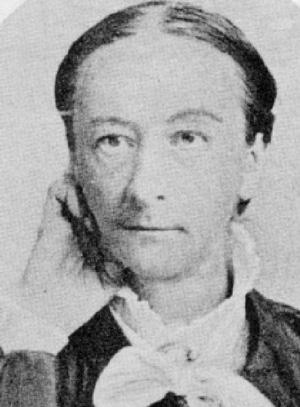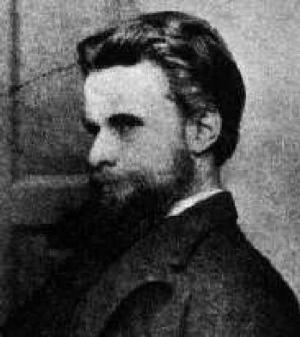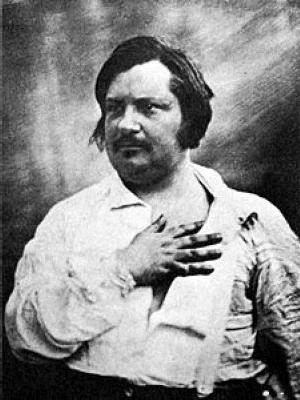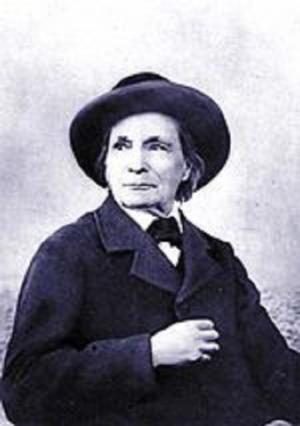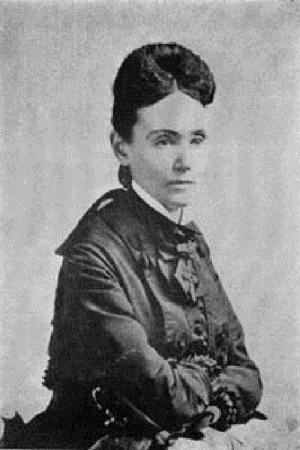| Author: | Peter Mark Roget | ISBN: | 9781455430819 |
| Publisher: | B&R Samizdat Express | Publication: | December 15, 2009 |
| Imprint: | Quench Editions | Language: | English |
| Author: | Peter Mark Roget |
| ISBN: | 9781455430819 |
| Publisher: | B&R Samizdat Express |
| Publication: | December 15, 2009 |
| Imprint: | Quench Editions |
| Language: | English |
1911 edition of the classic reference book. According to Wikipedia: "Roget's Thesaurus is a widely used English language thesaurus, created by Dr. Peter Mark Roget (17791869) in 1805 and released to the public on 29 April 1852. The original edition had 15,000 words, and each new edition has been larger... Roget's Thesaurus is composed of six primary classes. Each class is composed of multiple divisions and then sections. This may be conceptualized as a tree containing over a thousand branches for individual "meaning clusters" or semantically linked words. These words are not exactly synonyms, but can be viewed as colours or connotations of a meaning or as a spectrum of a concept. One of the most general words is chosen to typify the spectrum as its headword, which labels the whole group. Roget's schema of classes and their subdivisions is based on the philosophical work of Leibniz (see Leibniz—Symbolic thought), itself following a long tradition of epistemological work starting with Aristotle. Some of Aristotle's Categories are included in Roget's first class "abstract relations".
1911 edition of the classic reference book. According to Wikipedia: "Roget's Thesaurus is a widely used English language thesaurus, created by Dr. Peter Mark Roget (17791869) in 1805 and released to the public on 29 April 1852. The original edition had 15,000 words, and each new edition has been larger... Roget's Thesaurus is composed of six primary classes. Each class is composed of multiple divisions and then sections. This may be conceptualized as a tree containing over a thousand branches for individual "meaning clusters" or semantically linked words. These words are not exactly synonyms, but can be viewed as colours or connotations of a meaning or as a spectrum of a concept. One of the most general words is chosen to typify the spectrum as its headword, which labels the whole group. Roget's schema of classes and their subdivisions is based on the philosophical work of Leibniz (see Leibniz—Symbolic thought), itself following a long tradition of epistemological work starting with Aristotle. Some of Aristotle's Categories are included in Roget's first class "abstract relations".
